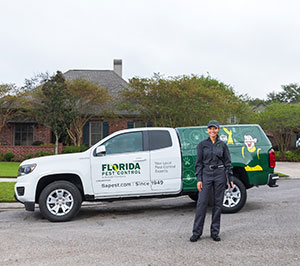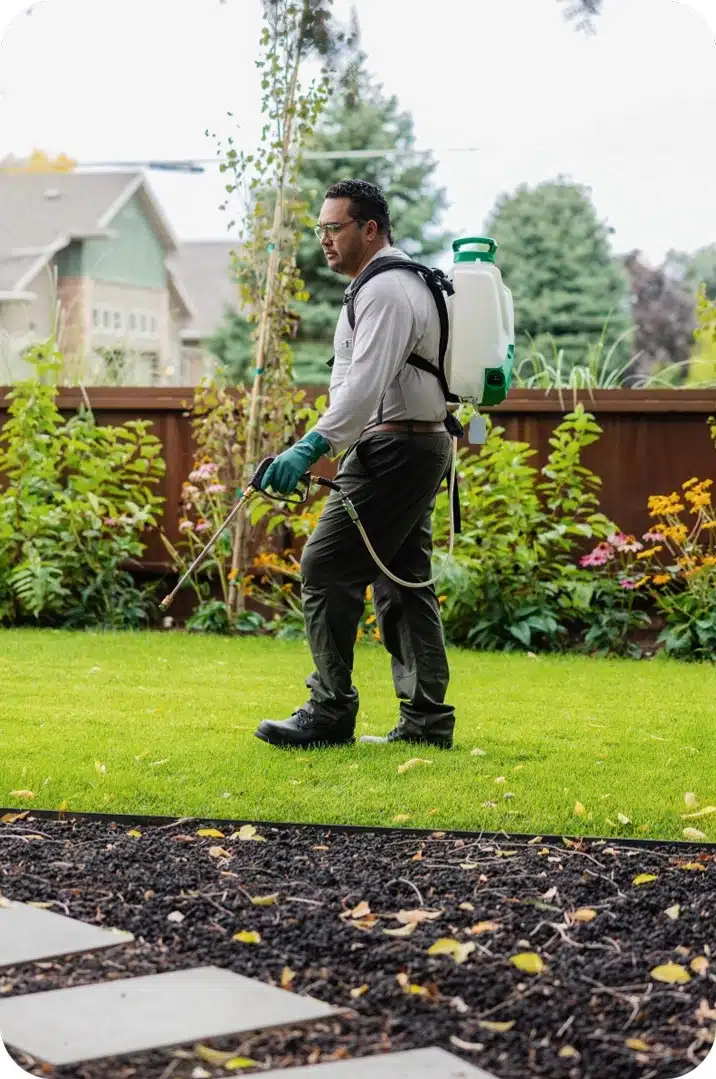Experienced A1 Exterminators Charlotte NC - Rapid and Trustworthy Solutions
Experienced A1 Exterminators Charlotte NC - Rapid and Trustworthy Solutions
Blog Article
Bed Bug Therapy Malfunction: Comparing Chemical Vs. Non-Chemical Solutions
In the realm of pest control, specifically when managing the consistent problem of bed insects, the selection in between chemical and non-chemical treatment options can be a critical one. Both methods use distinct benefits and downsides, affecting elements such as performance, security considerations, and overall cost. By checking out the nuanced details of each approach, a more clear understanding of which path to go after in resolving a bed pest infestation can be acquired.
Effectiveness of Chemical Therapies
Chemical treatments for bed pest infestations have actually been widely identified for their potent and fast efficacy in getting rid of these bugs. When considering the performance of chemical therapies, it is crucial to comprehend that they can provide a extensive and quick remedy to a bed bug issue. Specialist pest control operators frequently depend on insecticides to target bed bugs at different phases of their life process, consisting of grownups, fairies, and eggs. These chemicals normally function by disrupting the bed insects' nerve system, bring about paralysis and eventual death.
In addition, chemical therapies have the advantage of providing residual effects, meaning that they can remain to get rid of bed bugs also after the first application. This recurring action is especially beneficial in combating any potential re-infestations. In addition, the fast action of chemical therapies can bring alleviation to individuals facing serious bed bug problems, enabling them to reclaim control of their home quickly.
Safety Worry About Chemical Solutions
One important element that needs careful consideration when using chemical services for bed pest treatment is ensuring the safety and security of occupants and the atmosphere. Exposure to certain chemicals used in bed pest therapies can lead to respiratory concerns, skin irritation, or other adverse reactions, particularly in people with pre-existing conditions or sensitivities.
Furthermore, the environmental influence of chemical options is one more substantial consideration. Some chemicals utilized in bed bug therapies might be harmful to beneficial pests, wild animals, and ecological communities if they seep into the soil or water supply. It is vital to use chemical treatments deliberately, following security guidelines, and taking into consideration less harmful options to mitigate these dangers and make certain the risk-free and efficient monitoring of bed bug infestations.
Benefits of Non-Chemical Approaches
Considering the potential safety issues and environmental effect linked with chemical options for bed pest therapy, exploring non-chemical approaches provides an appealing option with a number of distinctive benefits. Non-chemical treatments are ecologically pleasant, as they do not contribute to air or water contamination, making them a lasting option for bug control.
In addition, non-chemical services can be reliable in targeting bed insects, including hard-to-reach locations where chemical therapies may not penetrate - A1 bed bug exterminator charlotte. Methods such as heat therapy, vacuuming, steam cleansing, and mattress coverings give thorough elimination without the usage of dangerous A1 exterminators charlotte nc chemicals.
Limitations of Non-Chemical Treatments

In addition, non-chemical treatments frequently need several applications to achieve effective removal. This can be lengthy and may not constantly ensure complete removal of all bed insects and their eggs, particularly in hard-to-reach or hidden locations.
In addition, the success of non-chemical treatments heavily depends on appropriate implementation and thoroughness, which can be testing for people without professional competence. Poor application of non-chemical techniques might lead to insufficient eradication, resulting in consistent problems and the need for added therapies.
For that reason, while non-chemical therapies have their advantages, it is vital to acknowledge these constraints and consider them when identifying one of the most effective technique for taking care of bed bug invasions.
Cost Comparison: Chemical Vs. Non-Chemical Options
Given the restrictions connected with non-chemical treatments, a vital element to assess in the context of bed insect management is the price contrast between chemical and non-chemical alternatives. In comparison, non-chemical treatments like heat therapy or vapor can be more pricey, with expenses ranging from $1,000 to $6,000 for a whole home. While the first price of chemical treatments may seem reduced, multiple therapies might be required to totally remove the infestation, possibly enhancing the overall price.
Final Thought

Considering the possible security concerns and ecological influence associated with chemical services for bed pest treatment, checking out non-chemical techniques presents a promising option with numerous unique benefits.Provided the constraints connected with non-chemical treatments, an essential element to assess in the context of bed bug monitoring is the cost contrast in between chemical and non-chemical choices. In comparison, non-chemical treatments like warm treatment or steam can be extra expensive, with prices ranging from $1,000 to $6,000 for an entire home. While the first cost of chemical therapies may appear lower, several treatments might be needed to fully eradicate the problem, possibly raising the total cost.In final thought, when contrasting chemical and non-chemical bed pest therapy options, it is essential to think about performance, safety, advantages, limitations, and cost.
Report this page